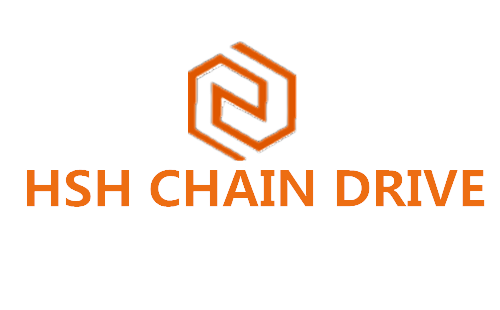Roller chain is a kind of chain used to transmit mechanical power. It is a type of chain drive. It is widely used in household, industrial and agricultural machinery, including conveyors, plotters, printing machines, automobiles, motorcycles, and bicycles. It is linked together by a series of short cylindrical rollers and driven by a gear called a sprocket. It is a simple, reliable and efficient power transmission device.


1. Introduction To Roller Chain
Roller chain usually refers to the precision roller chain for short pitch transmission. It is the most widely used and the most output. Roller chains are divided into single row and multiple rows, which are suitable for small power transmission. The basic parameter of the roller chain is the chain pitch p, which is equal to the number of the roller chain multiplied by 25.4/16 (mm). There are two suffixes in the chain number, A and B, indicating two series, and the two series complement each other.
2. Roller Chain Composition
The roller chain is composed of inner chain plates, outer chain plates, pins, sleeves and rollers. The inner chain plate and the sleeve, the outer chain plate and the pin are all interference fit; the roller and the sleeve, and the sleeve and the pin are all in clearance fit. When working, the inner and outer chain links can be relatively flexed, the sleeve can rotate freely around the pin shaft, and the roller is sleeved on the sleeve to reduce the wear between the chain and the sprocket. In order to reduce the weight and equalize the strength of each section, the inner and outer chain plates are often made into a “8” shape. Each part of the chain is made of carbon steel or alloy steel. Usually after heat treatment to achieve a certain strength and hardness.
3. Roller Chain Pitch
The center distance between two adjacent pin shafts on the chain is called the chain pitch, denoted by p, which is the most important parameter of the chain. When the pitch increases, the size of each part in the chain increases accordingly, and the transmittable power increases accordingly. The chain pitch p is equal to the roller chain number multiplied by 25.4/16 (mm). For example, chain number 12, roller chain pitch p=12×25.4/16=19.05mm.
4. The Structure Of The Roller Chain
Roller chains can be made into single-row chains and multiple-row chains. When it is necessary to withstand large loads and transmit large power, multi-row chains can be used. The multi-row chain is equivalent to several ordinary single-row chains connected with each other with long pins, and its carrying capacity is proportional to the number of rows, but the more rows there are, the more difficult it is to make the force of each row uniform, so the number of rows It should not be too much. Commonly used are double-row chain and three-row chain.
5. Application Of Roller Chain
Chain drives are widely used in various machinery in various industries such as agriculture, mining, metallurgy, petrochemical industry, and lifting and transportation. The power that the chain drive can transmit can reach 3600kW, usually used for power below 100kW; the chain speed can reach 30~40m/s, and the usual chain speed is below 15m/s; the transmission ratio can reach up to 15, generally less than 6, to 0.2 ~2.5 is appropriate.
6. Features Of Roller Chain Transmission
(1) Advantages
Compared with belt transmission, it has no elastic sliding, can maintain accurate average transmission ratio, and has high transmission efficiency; the chain does not require large tension, so the load on the shaft and bearing is small; it will not slip, the transmission is reliable, and the transmission is overloaded. Strong ability, can work well under low speed and heavy load.
(2) Disadvantages
Both the instantaneous chain speed and the instantaneous transmission ratio are variable, the transmission stability is poor, there are shocks and noises in the work, it is not suitable for high-speed occasions, and it is not suitable for situations where the direction of rotation changes frequently.
